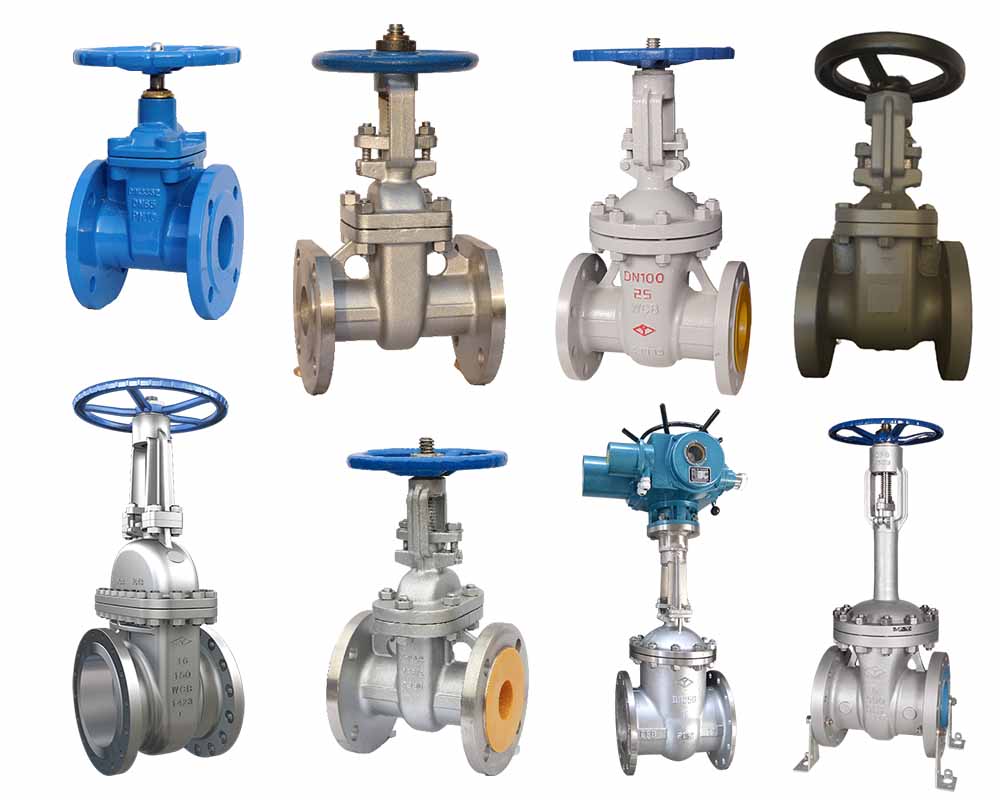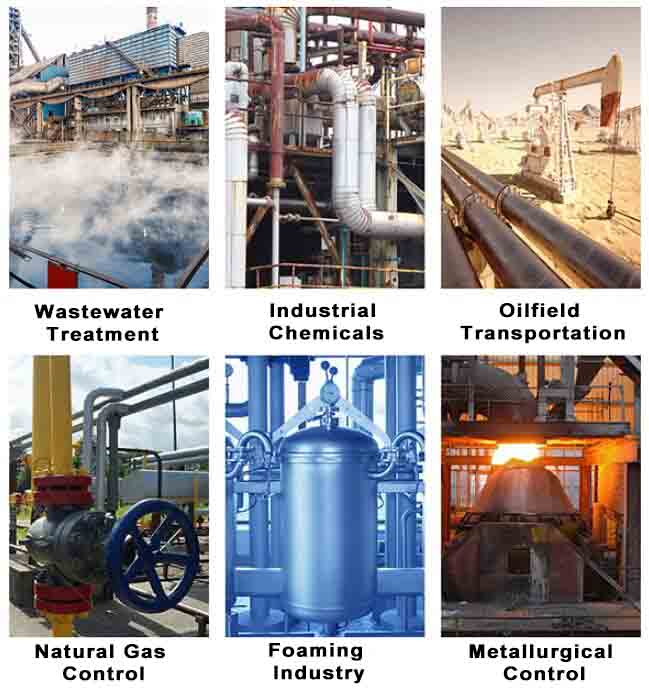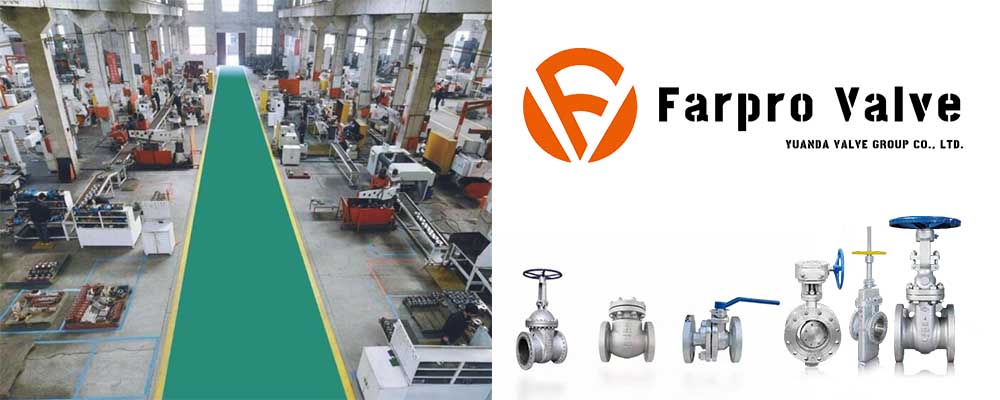Schuifafsluiters zijn essentiële componenten in pijpleidingsystemen, gebruikt om de vloeistofstroom te regelen door een poortmechanisme te openen of te sluiten. Er zijn verschillende soorten schuifafsluiters verkrijgbaar, de twee meest voorkomende zijn de Besturingssysteem&Y (Buitenschroef en juk) schuifafsluiter en de NRS (Niet-stijgende stuurpen) poort Sluis. Terwijl beide kleppen hetzelfde doel dienen, ze verschillen aanzienlijk in hun ontwerp, bouw, en toepassing. In dit artikel, we zullen de verschillen tussen besturingssystemen onderzoeken&Y- en NRS-schuifafsluiters in detail.

Design and Construction of Gate Valve:
The most noticeable difference between the two types of gate valves is in their design and construction. Besturingssysteem&Y gate valves feature a threaded stem that connects the gate to the actuator at the top of the valve. This stem is visible on the exterior of the valve and moves in an up-and-down motion when the valve is opened or closed. The yoke of the valve holds the stem in place and allows it to move smoothly.
Aan de andere kant, NRS gate valves have a stem that is connected to the gate mechanism internally, meaning the stem does not protrude from the valve body. This design is more compact and is often preferred in applications where space is limited.
Application of OS&Y and NRS Gate Valve

The choice between an OS&Y and NRS gate valve often comes down to the specific application in which the valve will be used. Besturingssysteem&Y valves are commonly used in applications that require frequent maintenance, such as in water treatment plants or fire protection systems. This is because the threaded stem can be easily removed for maintenance or repair, and the yoke design allows for smoother movement of the stem.
NRS gate valves, aan de andere kant, are typically used in applications where space is limited, such as underground pipelines or in building risers. The compact design of the NRS valve allows for a smaller installation footprint, which can be an advantage in tight spaces.
Operation and Maintenance:
Besturingssysteem&Y gate valves are easier to maintain than NRS gate valves due to the visible threaded stem. The stem can be easily lubricated or replaced when necessary, and the yoke design allows for smooth movement of the stem. Echter, the exposed stem also makes OS&Y valves more susceptible to damage or contamination from environmental factors.
NRS gate valves, aan de andere kant, require more specialized tools and techniques for maintenance since the stem is located inside the valve body. Echter, the internal stem design also makes NRS valves more resistant to damage or contamination from environmental factors, making them ideal for applications where the valve is exposed to harsh conditions.
Suggestion of Fabrikant van Farpro-kleppen

Both OS&Y and NRS gate valves serve important functions in pipeline systems and offer unique advantages in specific applications. While OS&Y valves are preferred in applications that require frequent maintenance and have more visible stem design, NRS valves are preferred in applications with limited space and have a more compact design with an internal stem. By understanding the differences between these two types of gate valves, engineers and technicians can choose the best valve for their specific application, ensuring optimal performance and longevity of the valve.
